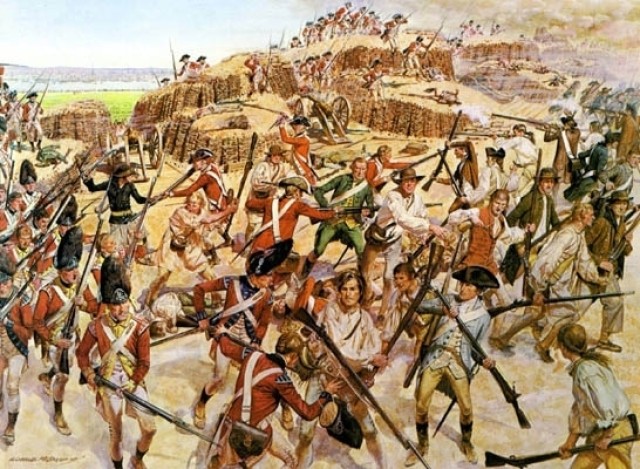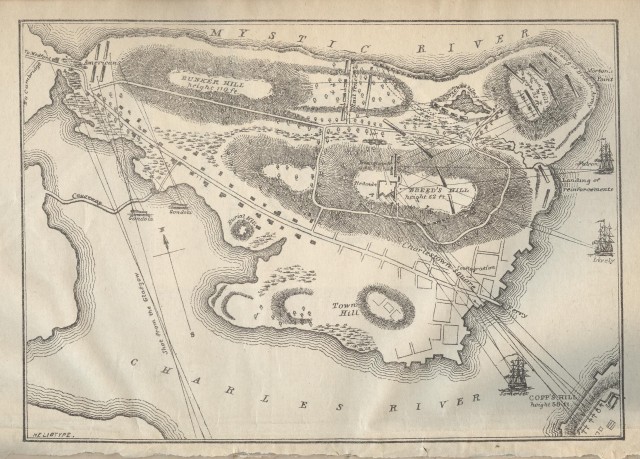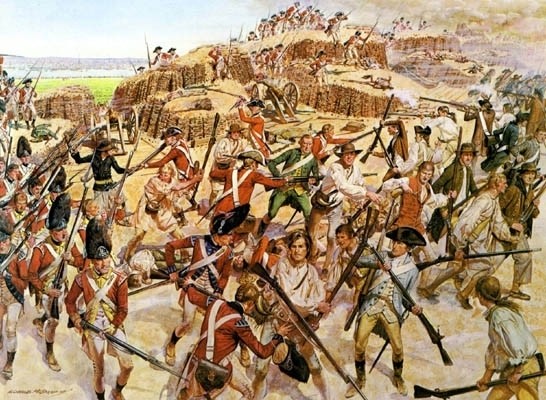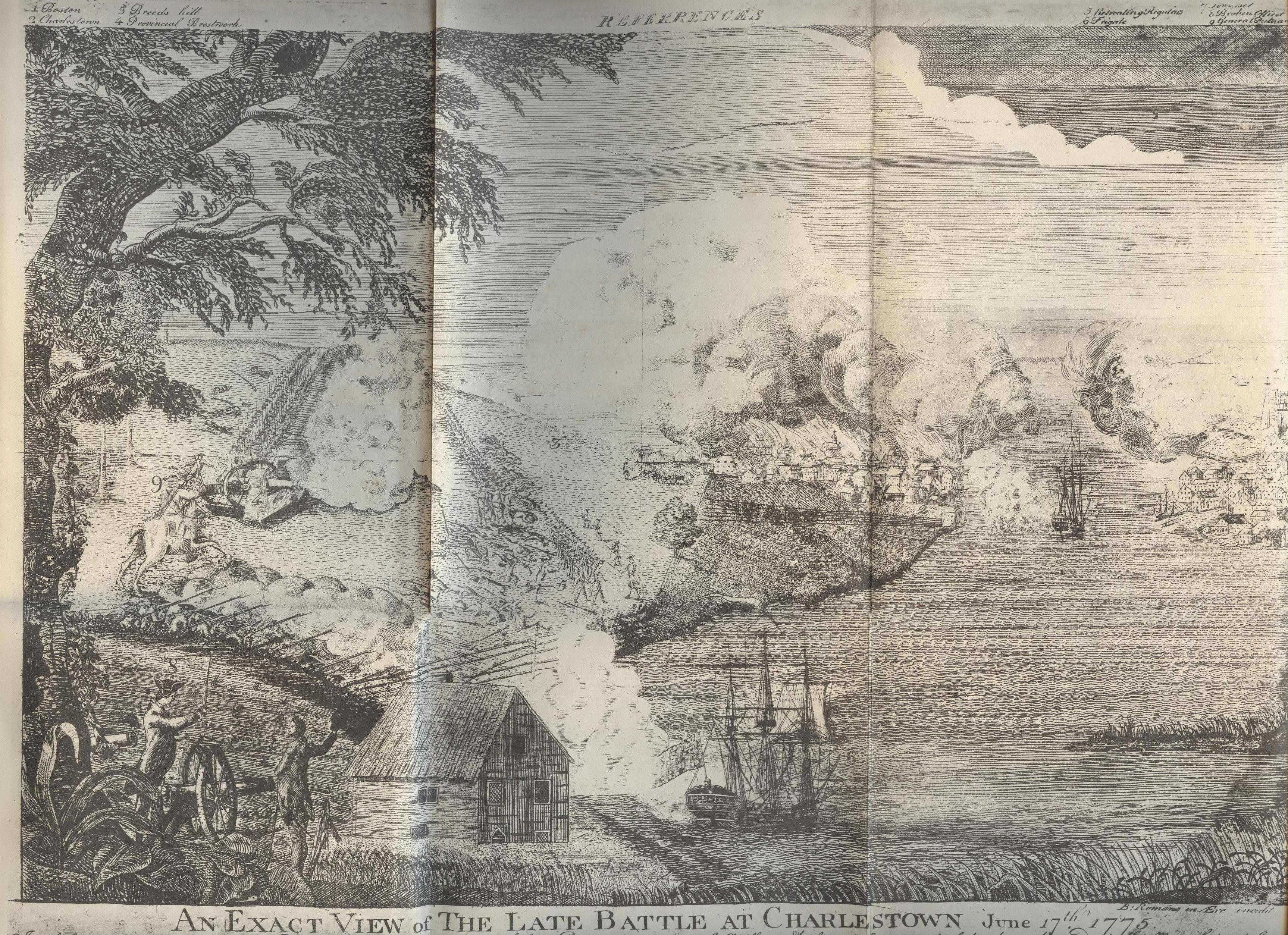By June of 1775, Boston was the focal point of the colonial rebellion. The previous April, small bands of militia units had attacked a British column sent to Concord to seize illegal arms and gunpowder. As the conflict escalated, London moved more troops into the city. Another clash between the newly formed Army of New England and the British garrison was inevitable and would take place on the Charlestown peninsula just north of Boston.
The peninsula was bordered by the Charles River on the western and southern side and the Mystic River on the eastern side. It had a town on the western side, Charlestown, and the remainder was mainly grazing pastures for cattle. Its military significance included two key elevations -- Breed's Hill (75 feet) and Bunker Hill (110 feet) -- which could be emplaced with cannon to shell Boston. Though the coming engagement would go down in history as the Battle of Bunker Hill, the action was really centered on the lower elevation.
Upon receiving intelligence that the British were going to occupy the peninsula, the colonial authorities dispatched a force to preemptively seize it. On the night of June 16, 1775, a force of less than 1000 men under the command of Colonel William Prescott left Cambridge and marched south onto the peninsula. They set about constructing a redoubt on Breed's Hill and reinforcing a rail fence that ran east from the redoubt to the Mystic River beach. The men continued to work feverishly through the night, fully anticipating an attack at daybreak.
At dawn, Royal Navy vessels moored in the Charles River recognized the threat and began to bombard the position. General Thomas Gage, the British commander in Boston, had accepted the plan of attack developed by Major General William Howe, who then began ferrying his troops over from Boston. By mid afternoon, June 17, his 2600 soldier assault force was in place. Howe envisioned an opportunity to demonstrate a show of force, using fear and intimidation to drive the rebels off of the hill. His underestimation of the enemy would have disastrous results for his men. They suffered devastating casualties in two frontal assaults, as Prescott's force withheld fire until Howe's lines were almost at point blank range. Unfortunately Prescott's men used most of their ammunition repelling those attacks. Lacking bayonets, they could not make a stand against the third and final British assault. Howe's redcoats swarmed over the redoubt and rail fence. By evening they occupied the entire peninsula.
While for the Army of New England the battle was technically a tactical defeat, it was also a symbolic victory of strategic proportions. A small colonial force of men from all races, classes, and occupations made a defiant stand against some of the best trained and equipped soldiers in the world. For the British it was a hard lesson on the determination and grit of their opposition. Out of an assault force of 2600, 40% were either killed or wounded. The British would remember this battle the rest of the war, and remain very reluctant to attack enemy fortifications. On July 2, 1775, when General George Washington took command of the newly-formed Continental Army in Cambridge, many were veterans of the defiant stand at Breed's Hill, now confident that they could stand up to and defeat America's enemies, even the British regulars.
Related Links:
National Park Service, Boston Historical Park, Bunker Hill Monument.






Social Sharing